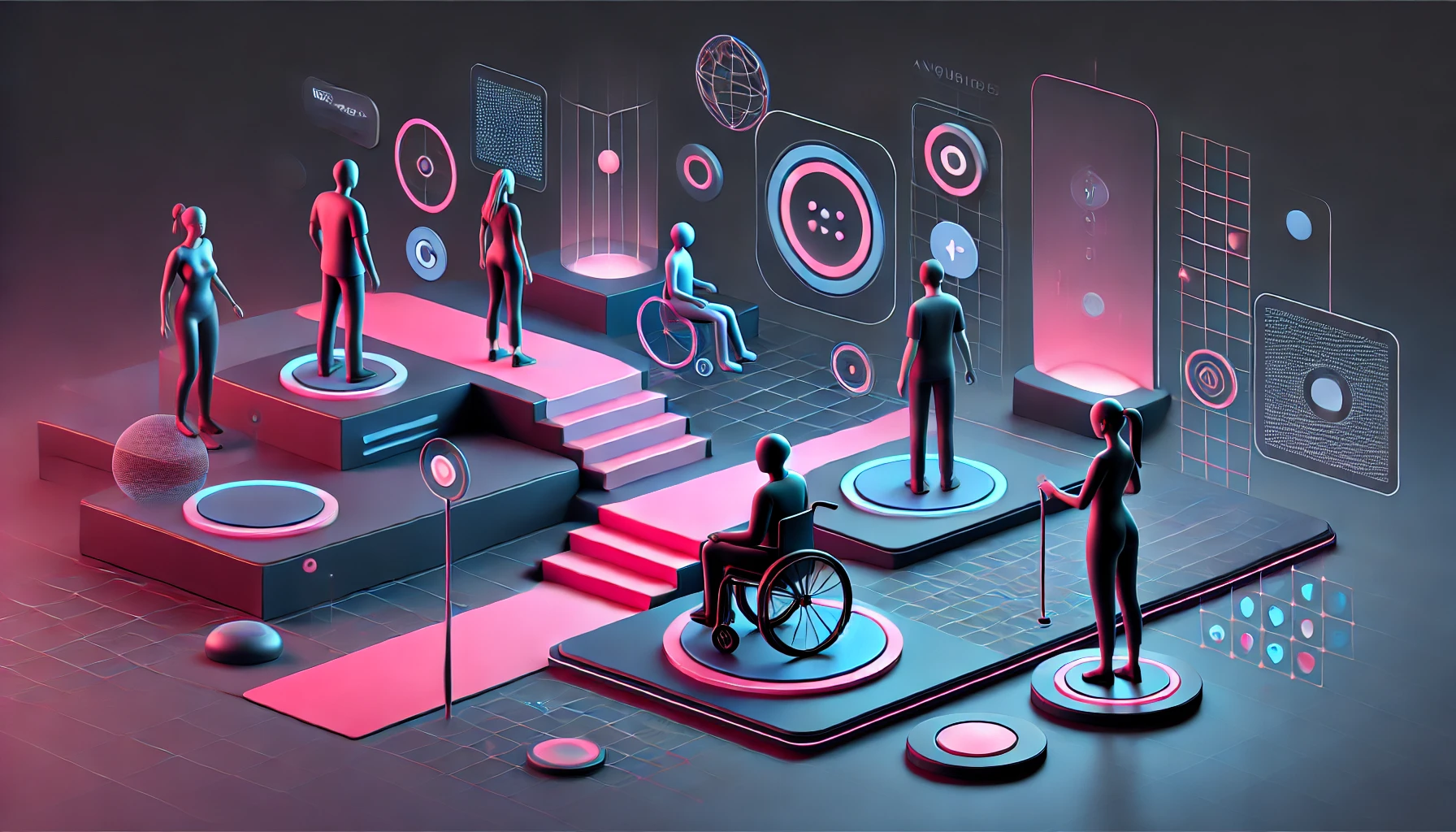
Your website is your digital storefront. It’s where potential customers get their first impression of your brand and decide whether to stay or leave. A poorly designed website is like a shop with cluttered shelves and unhelpful staff – customers will quickly exit. But a well-crafted UI/UX design can transform your website into a conversion powerhouse, turning casual visitors into loyal customers.
It’s the first and often only impression you make on potential customers. If it’s not converting visitors into customers, it’s time to examine your website’s UI (User Interface) and UX (User Experience) design.
Let’s dive into how smart UI/UX design choices can transform your website from a ghost town to a bustling hub of engagement and conversions.
The Critical Role of UI/UX in Conversions
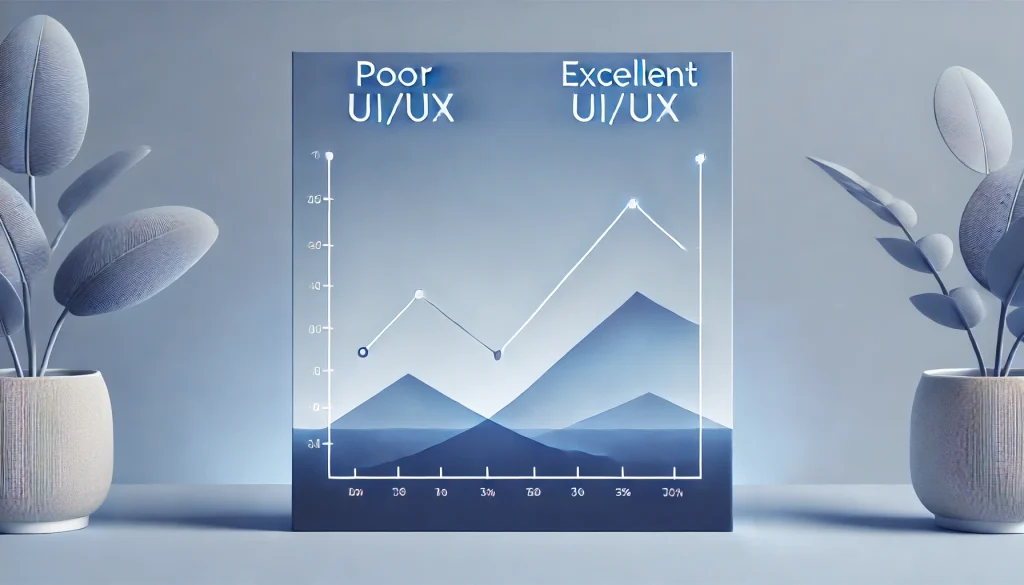
UI (User Interface) is about how your website looks, while UX (User Experience) focuses on how it feels to interact with it. Both are essential for driving conversions. A visually appealing website is important, but it’s the user experience that truly matters. When visitors can easily navigate your site, find what they’re looking for, and complete their desired actions without frustration, they’re more likely to convert.
The Numbers Don’t Lie: UI/UX Design Matters
Before we jump into the “how,” let’s talk about the “why.” Check out these eye-opening statistics.
The numbers don’t lie:
- A report from Walmart suggests a direct correlation between improved loading times and conversion rates, highlighting a 2% increase in conversions for every second of improvement.
- First impressions are formed within 0.05 seconds.
- A one-second delay in page load time can result in a 7% decrease in conversions.
- According to Adobe, 38% of people will stop engaging with a website if the content or layout is unattractive.
- The ROI of UX design can be as high as 9,900%, according to a report.
- A well-done UX design can triple website conversion rates.
These statistics highlight the immense impact UI/UX design has on your bottom line.
First Impressions Count: The Power of Visual Appeal
Think about the last time you landed on a website that looked like it was designed in the 90s. Did you stick around? Probably not. In today’s digital world, users make split-second decisions about whether to stay or bounce.

A clean, modern, and visually appealing design tells visitors that your brand is professional, trustworthy, and up-to-date. It’s like putting on your best outfit for a first date – you want to make a great first impression.
But beauty is more than skin deep. The best UI designs are those that not only look good but also guide users effortlessly towards their goals. This is where the expertise of a skilled UI/UX design company like f1Studioz comes into play. We understand how to create designs that are not just visually stunning, but also strategically crafted to boost conversions.
Navigation: Don’t Make Me Think!
Ever been to a website where you felt lost, confused, or frustrated? That’s poor UX design in action, and it’s a conversion killer.
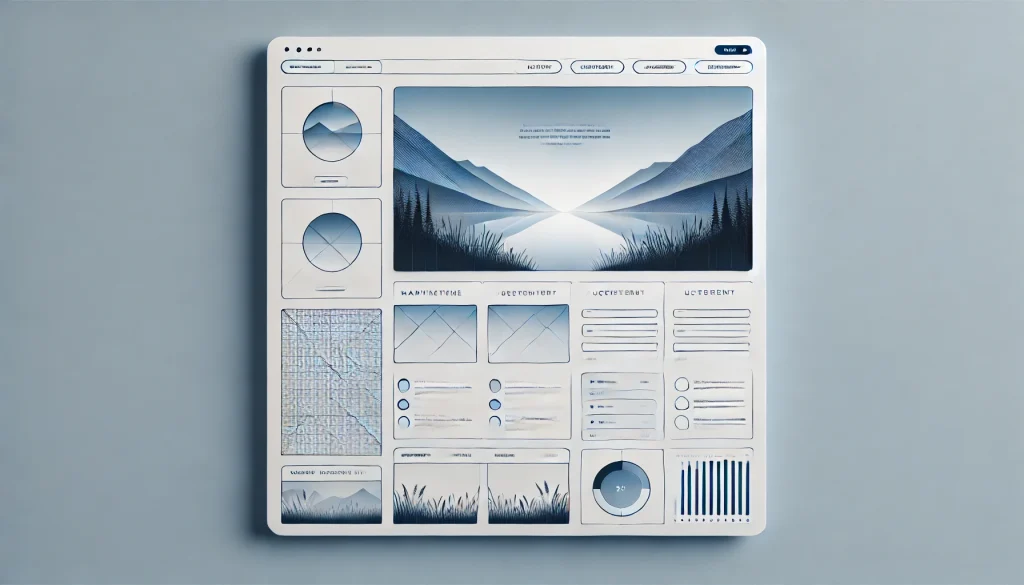
Good UX design is all about creating a smooth, intuitive journey for your users. It’s about anticipating their needs and guiding them gently towards the actions you want them to take.
Here are some key principles:
- Clear and logical menu structure
- Consistent design elements across all pages
- Strategic use of white space to reduce cognitive load
- Prominent calls-to-action (CTAs) that stand out
Remember, every extra click or moment of confusion is an opportunity for your visitor to give up and leave. Make it easy for them to find what they’re looking for, and you’ll see your conversion rates soar.
Mobile Matters: Responsive Design is Non-Negotiable
Here’s a stat that might shock you: in 2023, mobile devices generated 58.33% of global website traffic. If your website isn’t optimised for mobile, you’re potentially losing out on more than half of your potential conversions!
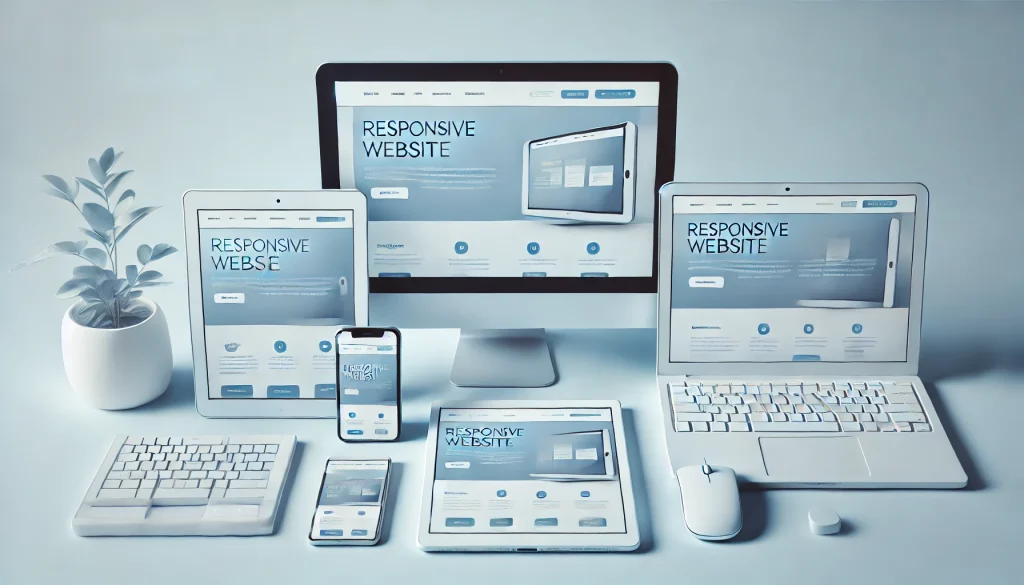
Responsive design ensures that your website looks great and functions perfectly on any device, from smartphones to tablets to desktop computers. It’s not just about shrinking everything down – it’s about reimagining the user experience for different screen sizes and interaction methods.
Speed: The Silent Conversion Killer
We live in an age of instant gratification. Users expect websites to load fast – really fast. According to Google, 53% of mobile site visitors leave a page that takes longer than three seconds to load.
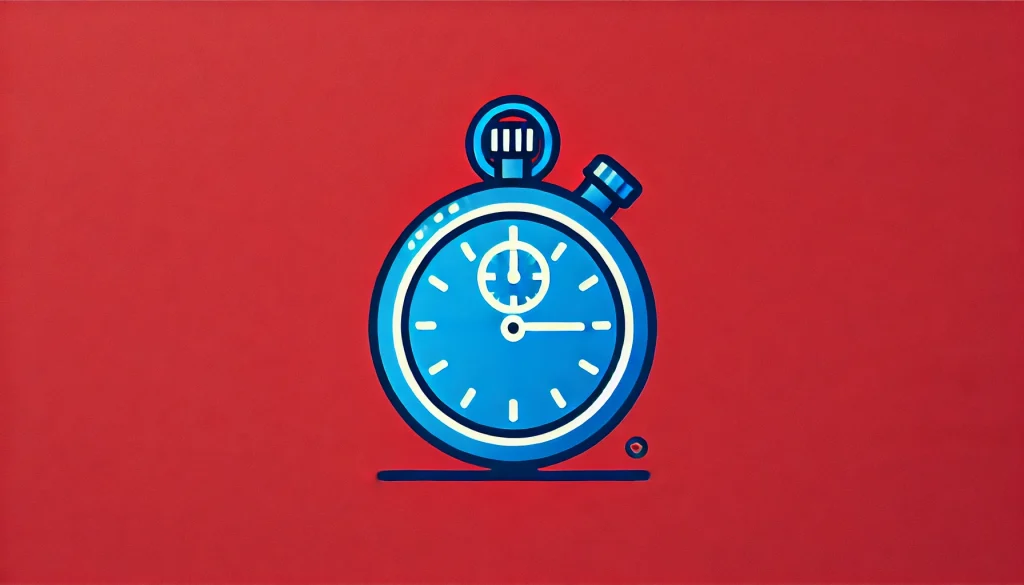
While speed optimisation involves more than just UI/UX design, there are design choices that can significantly impact load times:
- Optimising image sizes and formats
- Minimising the use of heavy scripts and plugins
- Implementing lazy loading for images and videos
- Using efficient CSS and avoiding unnecessary code bloat
Trust Signals: Building Confidence Through Design
Converting a visitor often comes down to one thing: trust. Your UI/UX design plays a crucial role in building that trust. Here are some ways good design can boost credibility:
- Prominently displayed customer testimonials and reviews
- Clear and easily accessible contact information
- Security badges and certifications
- Professional, high-quality imagery
- Consistent branding throughout the site

By incorporating these elements thoughtfully into your design, you create an environment where visitors feel safe and confident taking the next step, whether that’s making a purchase, signing up for a newsletter, or reaching out for more information.
The Power of Personalisation
One size doesn’t fit all when it comes to web design. Personalisation is becoming increasingly important in UI/UX design, with 80% of consumers more likely to make a purchase from a brand that provides personalised experiences.
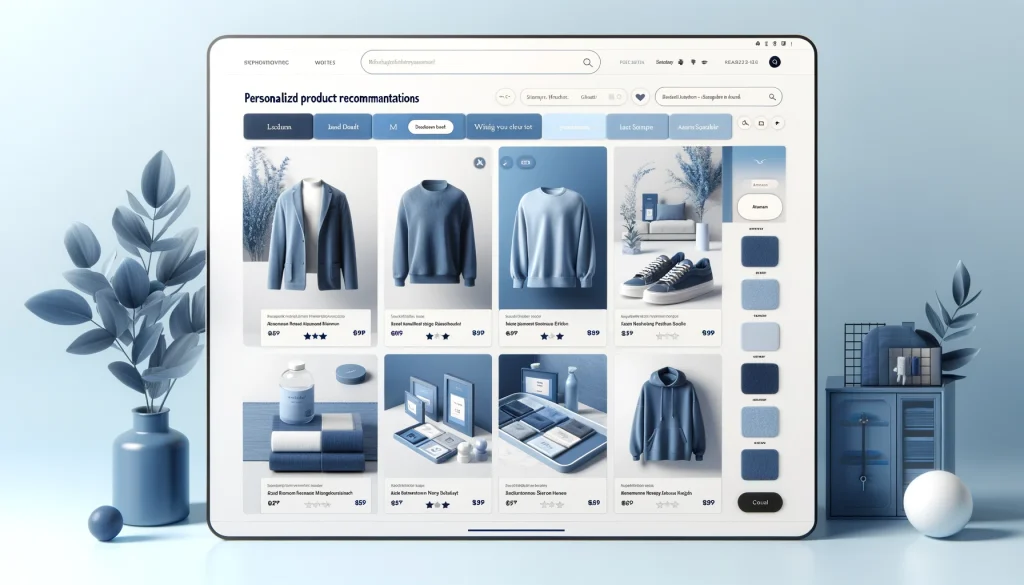
This could involve:
- Customised product recommendations based on browsing history
- Location-based content and offers
- Personalised greetings for returning visitors
- Adaptive interfaces that change based on user behaviour
While implementing personalisation can be complex, the payoff in terms of increased engagement and conversions can be huge.
Continuous Improvement: The Role of A/B Testing
Great UI/UX design isn’t a one-and-done deal. It’s an ongoing process of testing, learning, and refining. A/B testing (also known as split testing) is a powerful tool in the UI/UX designer’s arsenal.
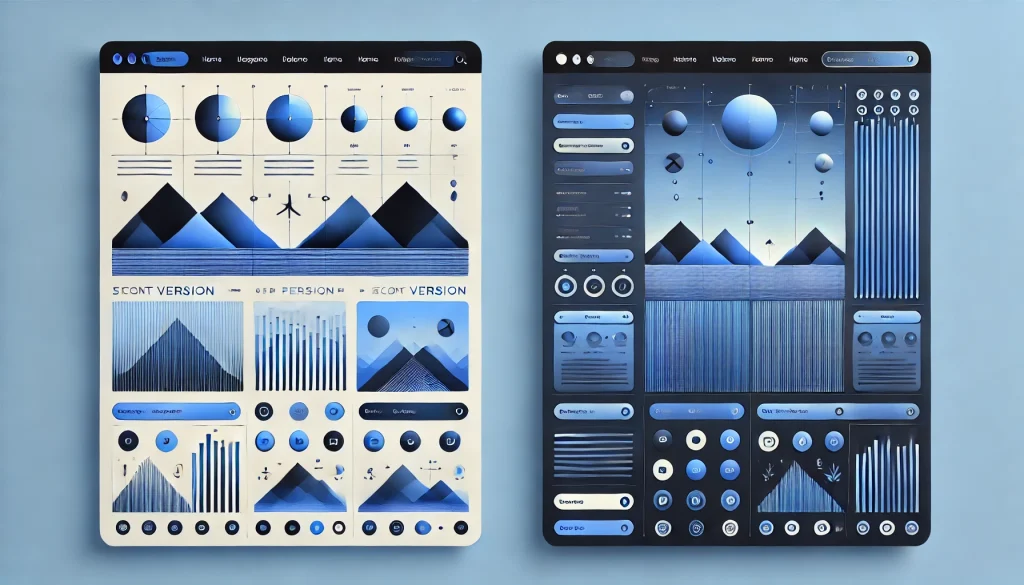
By creating two versions of a page or element and comparing their performance, you can make data-driven decisions about what works best for your audience. Even small changes can lead to big improvements in conversion rates.
Some elements commonly tested include:
- CTA button colours, sizes, and placements
- Headline and copy variations
- Layout changes
- Different images or graphics
Key UI/UX Elements for Conversion
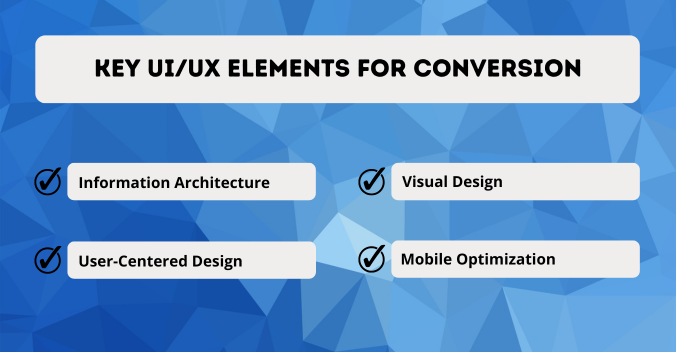
Several UI/UX elements can significantly impact your website’s conversion rate. Let’s explore some of the most critical ones:
1. Information Architecture
- Clear Site Structure: Organize your website’s content in a logical and intuitive manner, making it easy for users to find what they need.
- Effective Navigation: Implement a clear and concise navigation menu that guides users through your website.
- Informative Breadcrumbs: Help users understand their location within the website and provide easy backtracking options.
2. Visual Design
- Consistent Branding: Maintain a consistent visual identity throughout your website to reinforce brand recognition.
- Visual Hierarchy: Use visual cues to prioritize content and guide user attention.
- High-Quality Imagery: Invest in professional images that are visually appealing and relevant to your content.
3. User-Centered Design
- Understand Your Audience: Conduct thorough user research to identify your target audience’s needs, preferences, and behaviors.
- Empathize with Users: Put yourself in your users’ shoes and design with their perspective in mind.
- Test and Iterate: Continuously test your website’s design and make improvements based on user feedback.
4. Mobile Optimisation
- Responsive Design: Ensure your website adapts seamlessly to different screen sizes for a consistent user experience across devices.
- Fast Loading Speeds: Optimise your website for mobile to reduce load times and improve user satisfaction.
- Touch-Friendly Interactions: Design elements that are easy to interact with using fingers.
The Power of Data
To truly optimise your website for conversions, you need data. By tracking user behaviour and website performance, you can identify areas for improvement and make data-driven decisions.

- Analytics Tools: Utilise tools like Google Analytics to track website traffic, user behaviour, and conversion rates.
- A/B Testing: Experiment with different design variations to determine which elements perform best.
- Heat maps: Visualise user interactions on your website to identify hot spots and areas of disinterest.
Bringing It All Together
Great UI/UX design is more than just making things look pretty. It’s about creating an environment where visitors feel comfortable, engaged, and motivated to take action. It’s about removing friction, building trust, and guiding users towards conversion in a way that feels natural and effortless.

Remember, investing in good UI/UX design isn’t an expense – it’s an investment with the potential for enormous returns. Whether you’re starting from scratch or looking to optimise an existing site, partnering with a experienced UI/UX design company like f1Studioz can be the key to unlocking your website’s full potential.
Don’t leave conversions on the table. Harness the power of great UI/UX design and watch your conversion rates soar!
Also Read: How to Build User-Centered Websites

